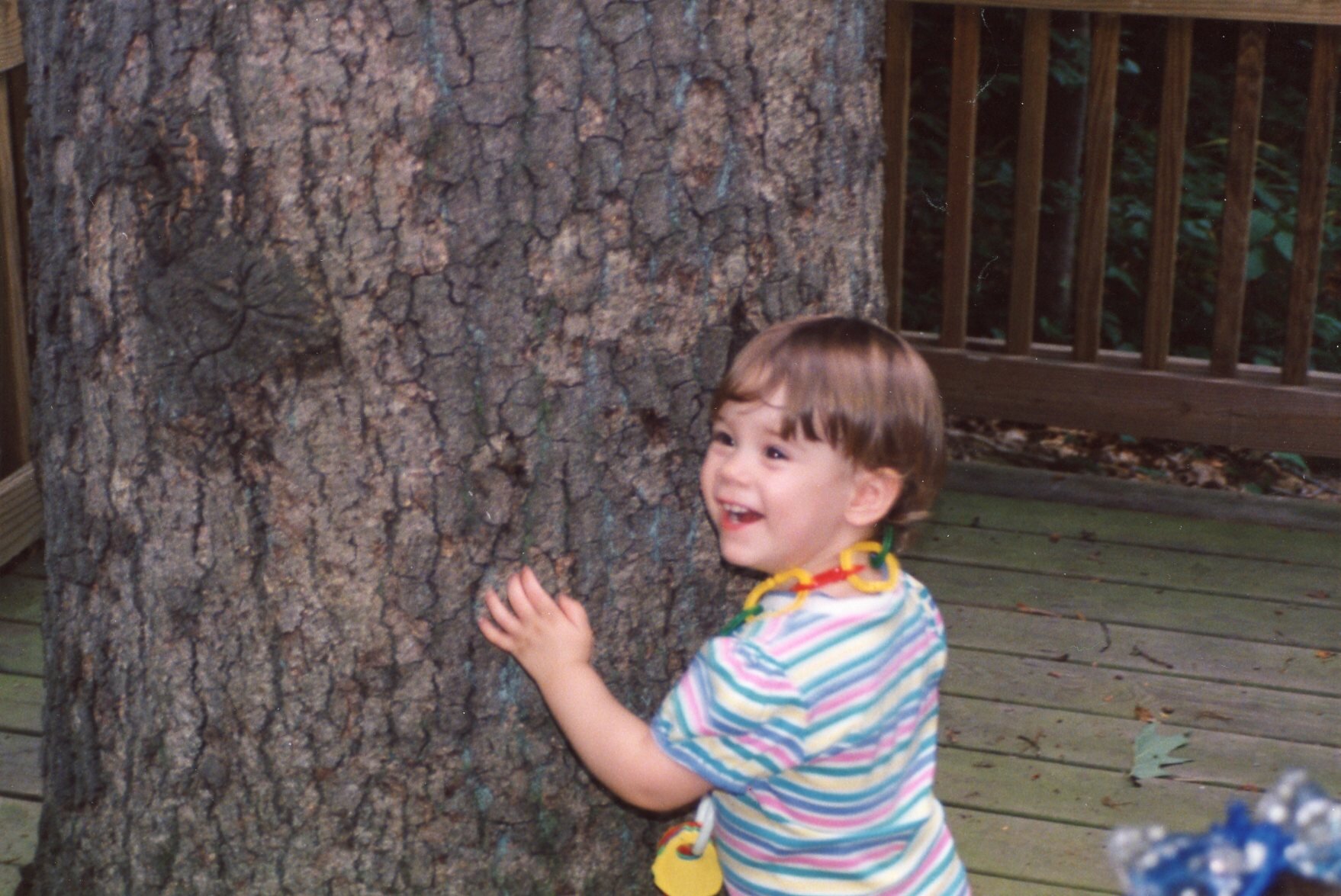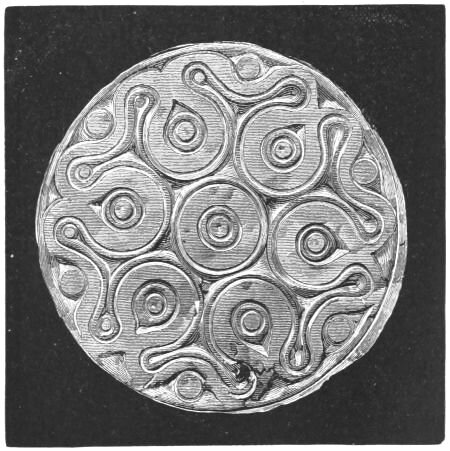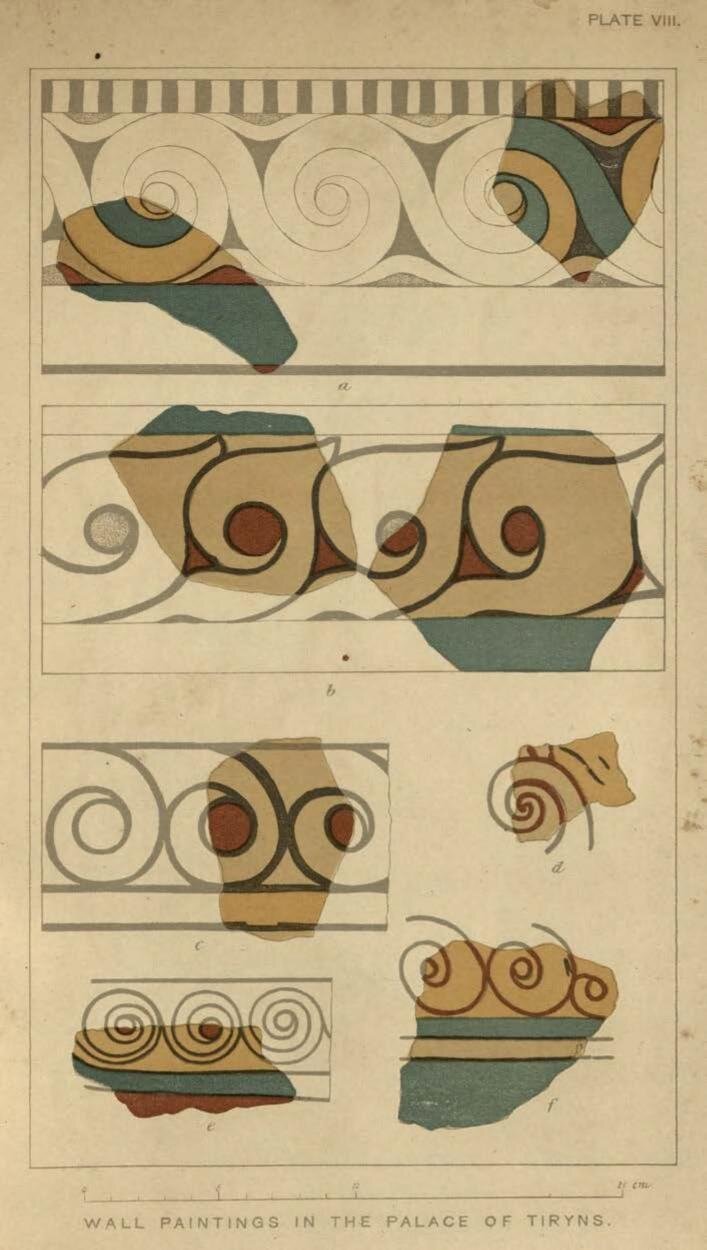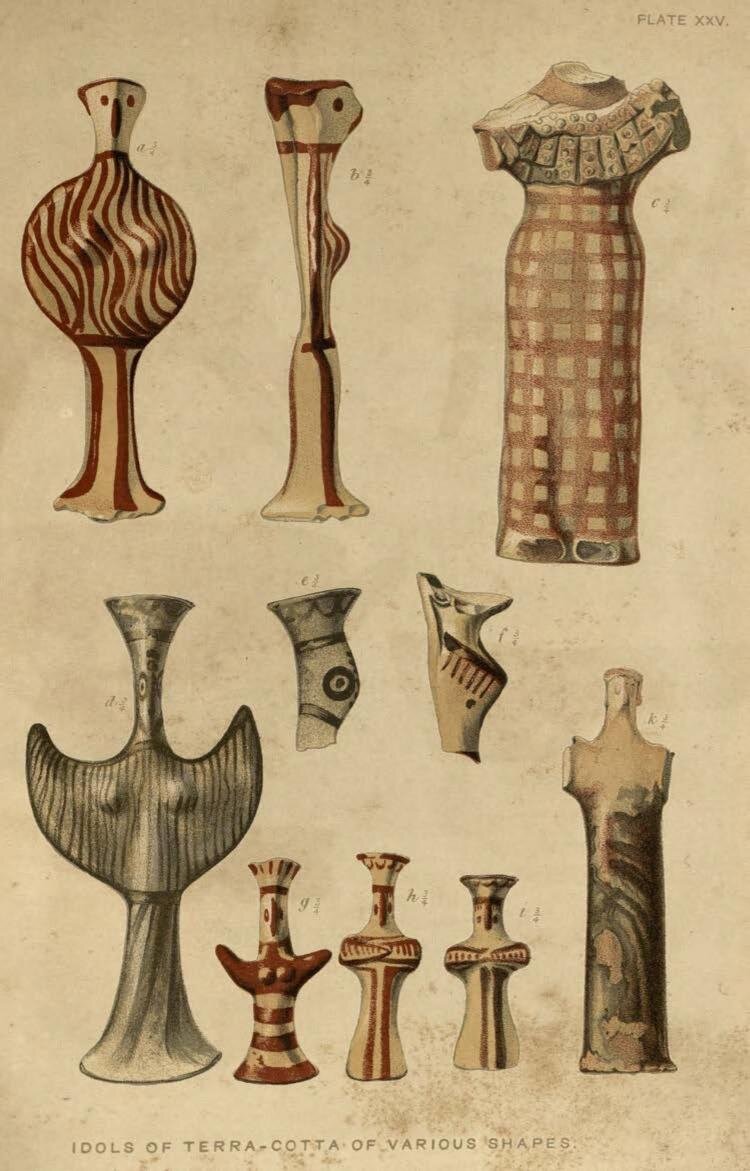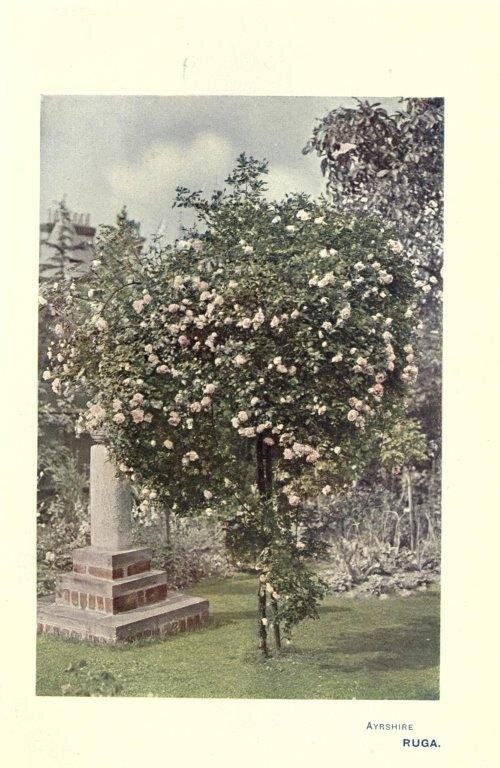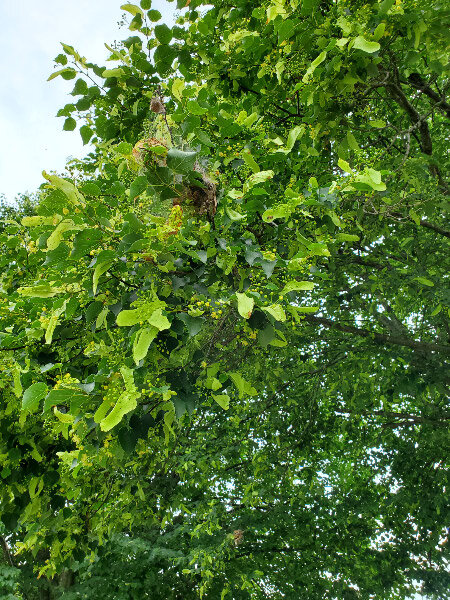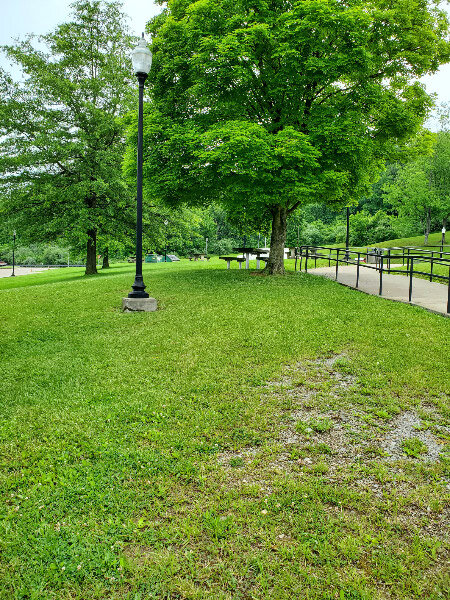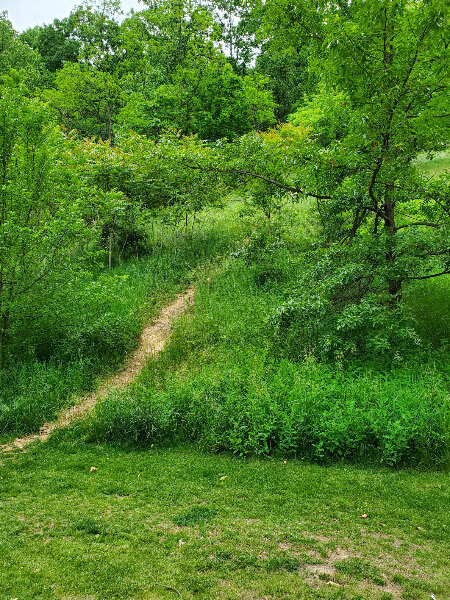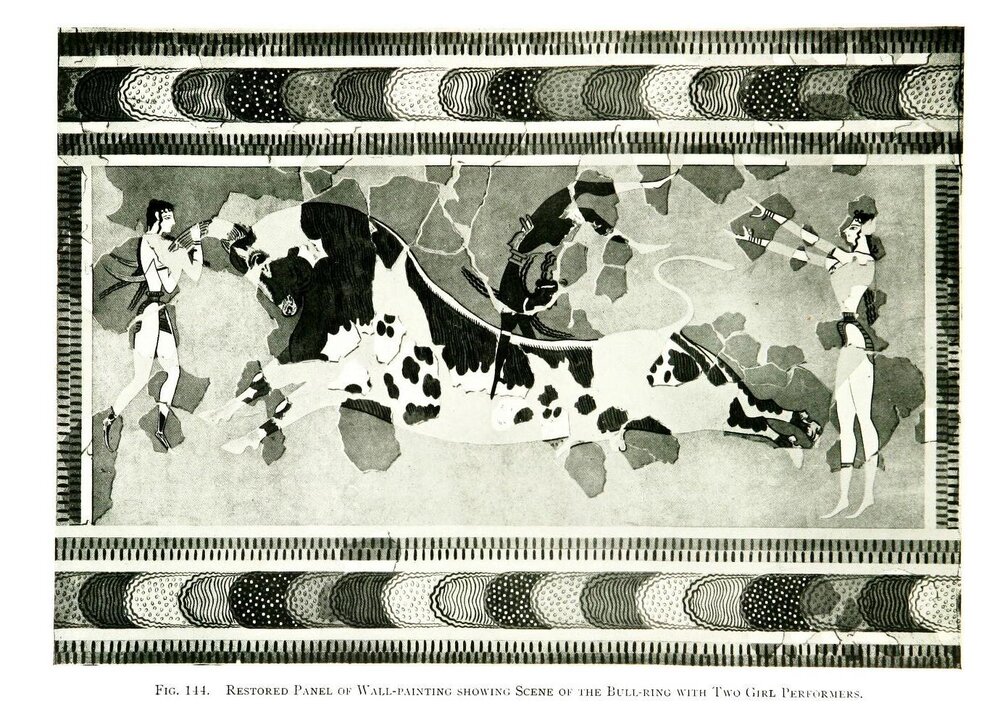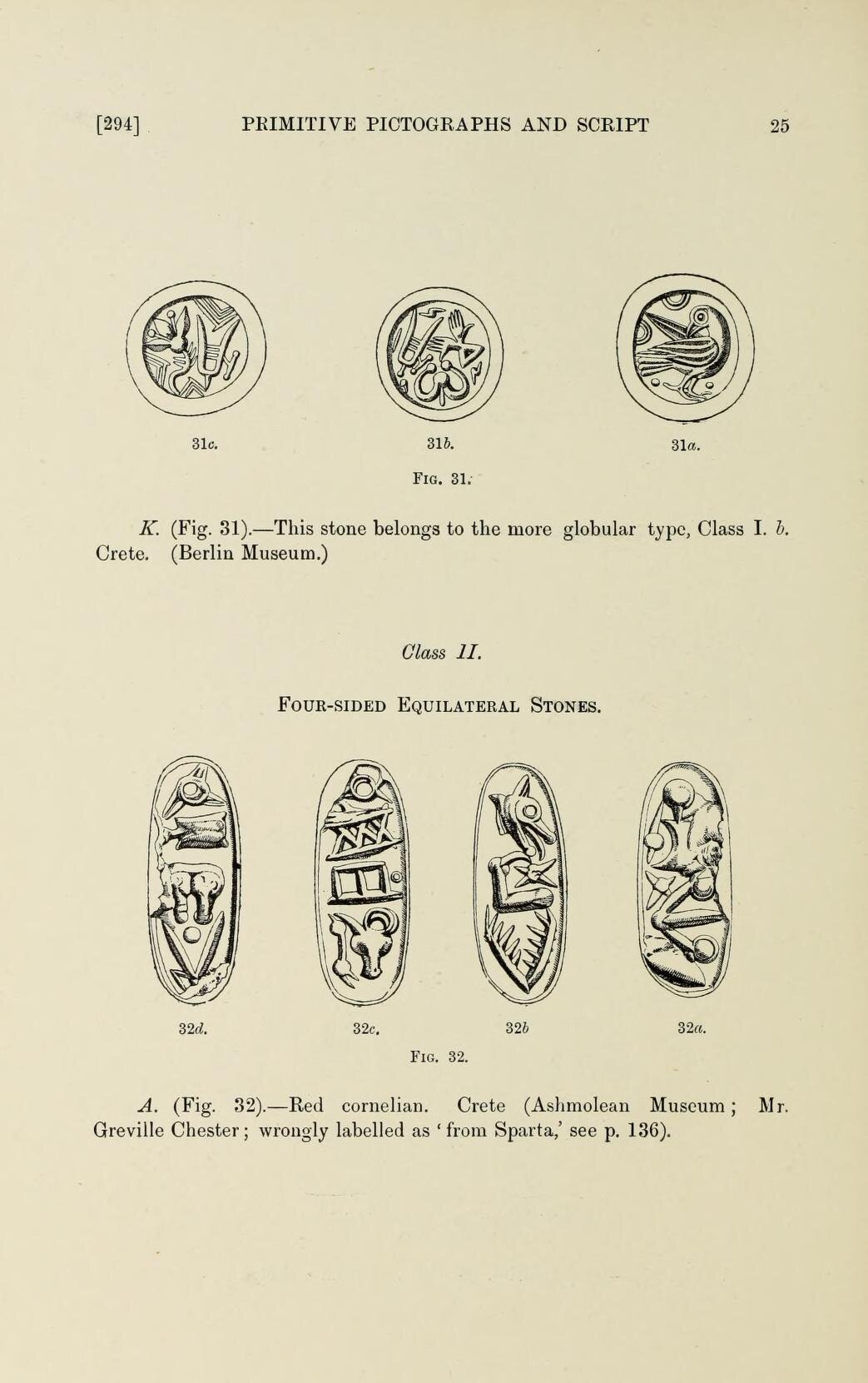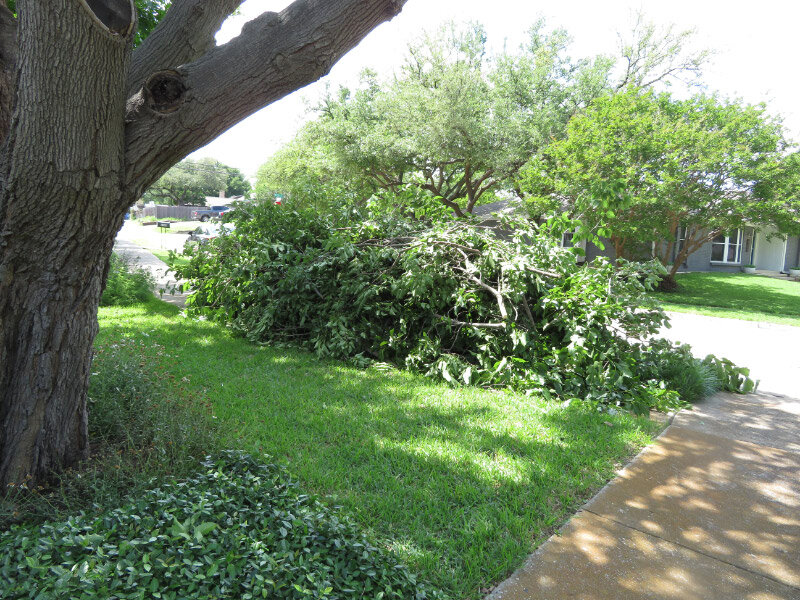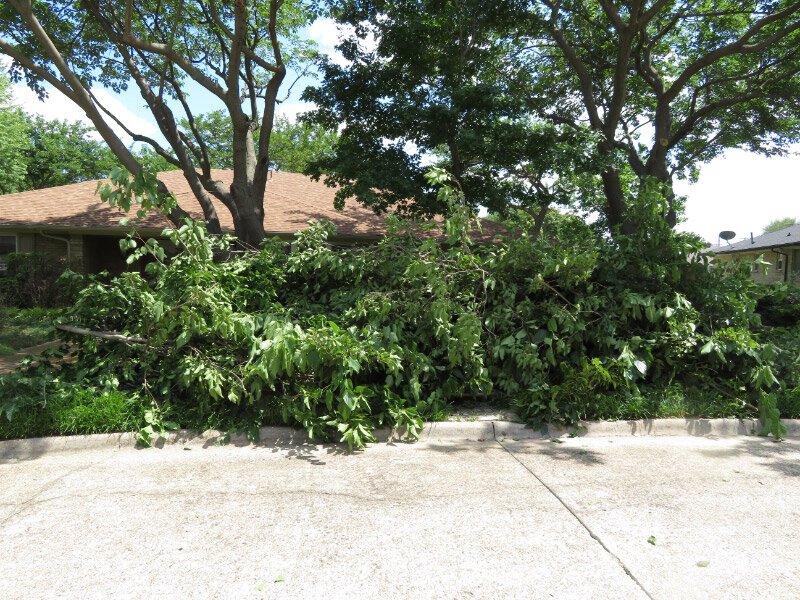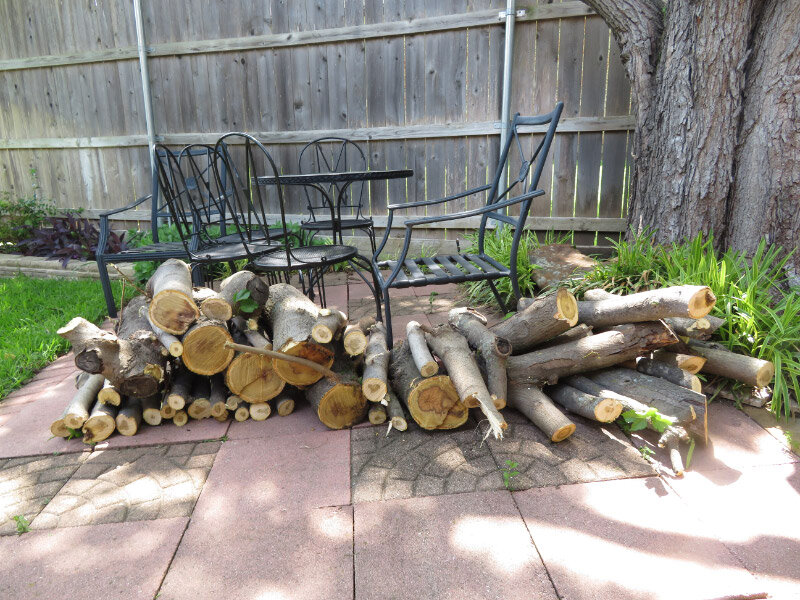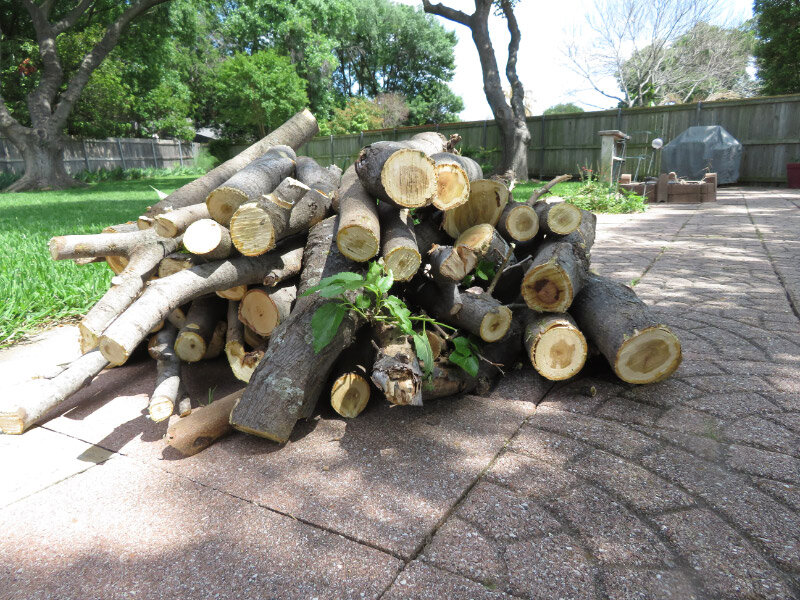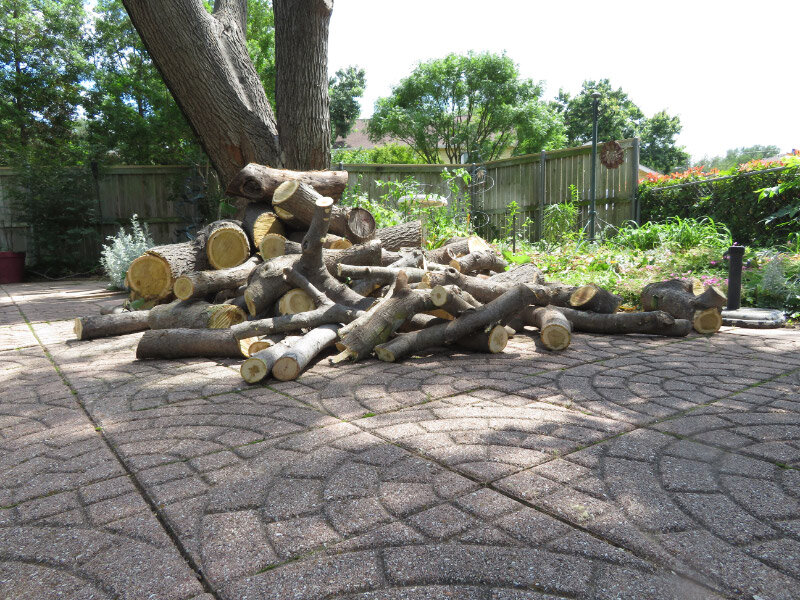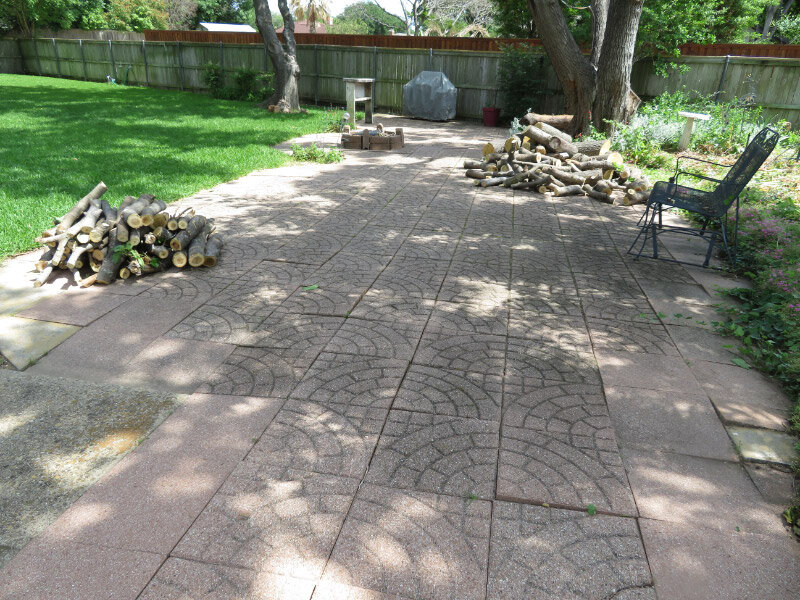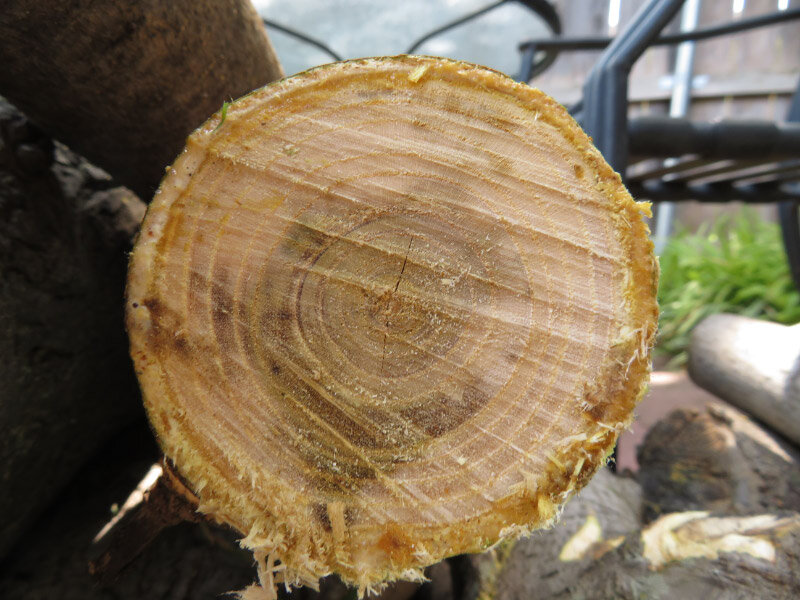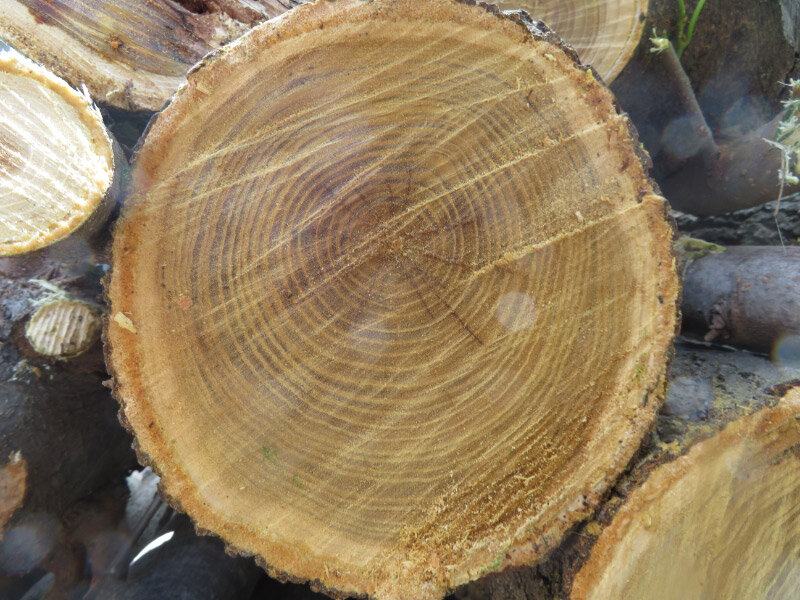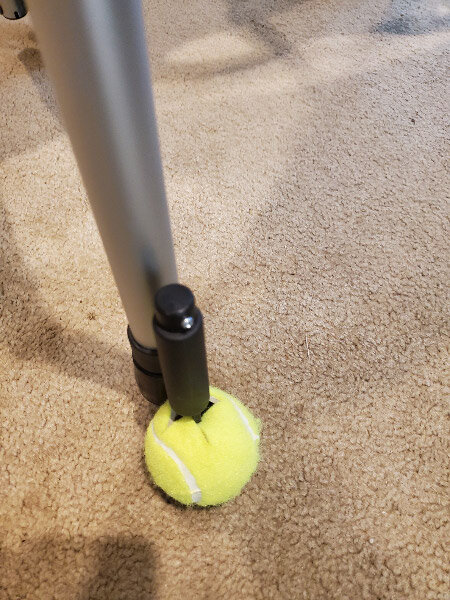30 years ago – June 1991
/Looking back at June 1991 – it seems that life had a faster pace…almost an unsustainable pace but common in families where the adults work and the child is less than two years old. We had company for 2 weeks out of the month. The first was a visit from a sister that had recently moved into a new house and needed a break for the flurry of that activity; we enjoyed several outings to the park and Ladew Topiary Gardens…discovered that McDonalds was an excellent place for lunch with a 21-month-old.
The second visit was a sister’s family – that included their daughter (a week older than my daughter). We prepared the girls prior to the visit by showing them pictures and videos of each other; it worked…they were immediate buddies. We went to parks and several museums (one was The Cloisters which was a children’s museum then and is now a wedding venue, another was Rose Hill Manor Park & Museums)…read books, splashed in the small pool on hot days, and enjoyed every inch of our house and yard. One was talking more…the other seemed to enjoy more complex books. We all had ‘Maryland is for Crabs’ t-shirts! In the picture below my daughter is hugging a tree along the Cunningham Falls State Park boardwalk – one of the outdoor places that was enjoyable for everyone in our group.
Being outdoors…doing something with water…was one of my daughter’s favorite activities. We had tomato plants and gladiolus getting ready to bloom in the garden around the oak tree.
A summer cold made the rounds. My daughter had it for a few days…mine lingered and I eventually went to the doctor – got medicine for ear and eye infections.
In world news – children in Iraq were dying of cholera and other water borne disease…the Kuwait fires were slowly being extinguished.
Overall – it was a month full of juggling work with home life. I can’t say that it was a balancing act…it was more of a blending and using every minute optimally…exhausting but rewarding.
By the end of the month, I already had plane tickets to visit Texas in July. My husband would be with us on the flight down then continue to San Diego for a conference…the blending rather than balancing strategy again.

